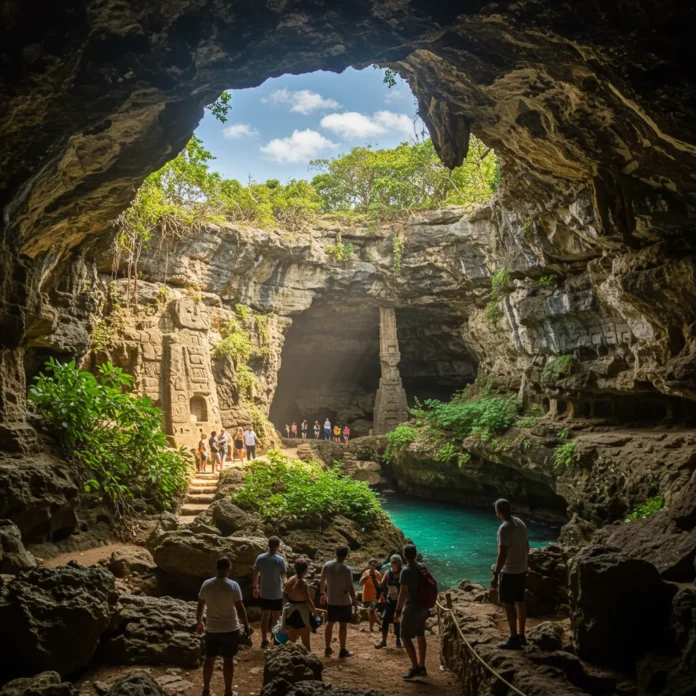Introduction to Cueva Del Indio Puerto Rico
Nestled along Puerto Rico’s northern coast, Cueva Del Indio stands as one of the island’s most intriguing natural and historical sites. Visitors are drawn to its dramatic limestone cliffs, ancient rock art, and panoramic views of the Atlantic Ocean. This destination offers a blend of adventure, cultural discovery, and breathtaking scenery that appeals to both thrill-seekers and families alike.
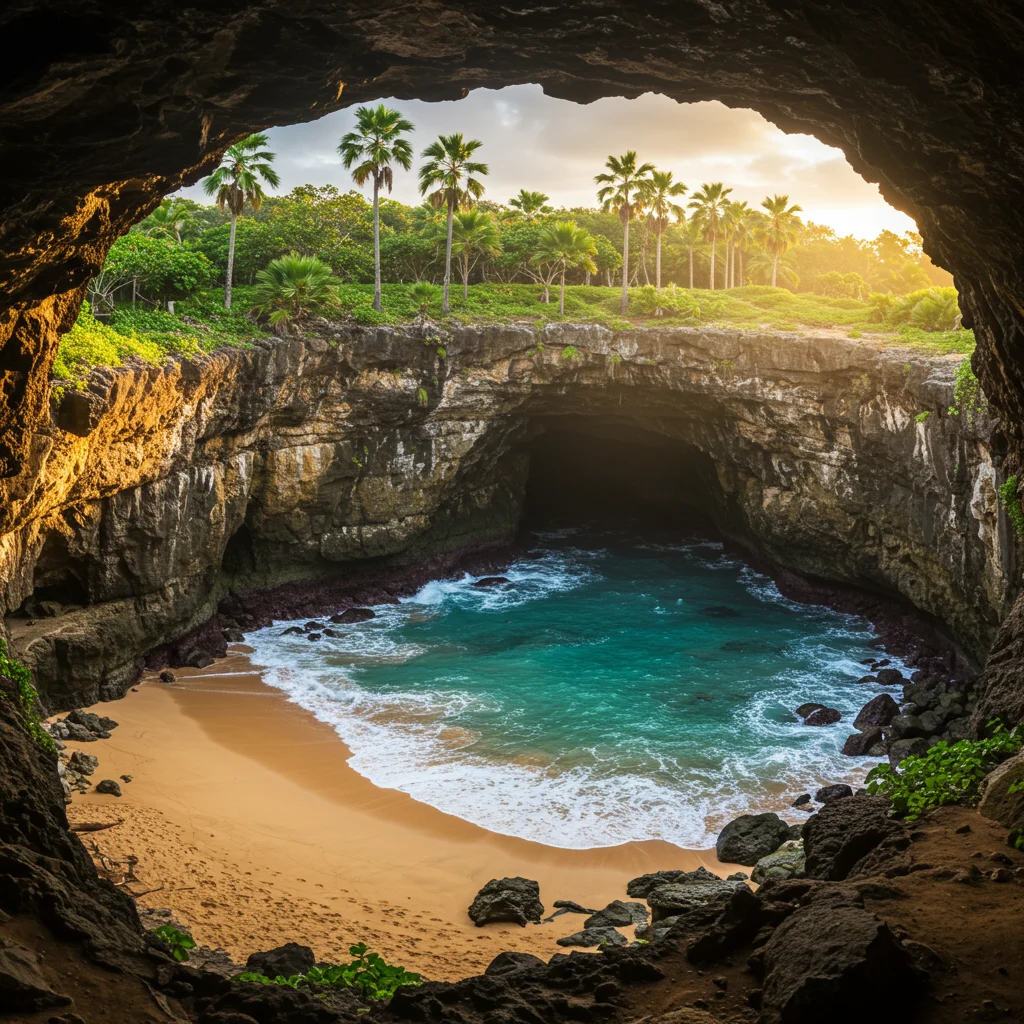
We find that the unique combination of geological wonders and cultural heritage makes Cueva Del Indio a truly memorable stop for anyone exploring Puerto Rico, whether you’re a nature lover, history enthusiast, or simply seeking a scenic escape.
What Makes Cueva Del Indio a Must-See Adventure?
Cueva Del Indio is more than just a cave—it’s an immersive experience filled with natural arches, crashing waves, and petroglyphs carved by the island’s first inhabitants. The sense of awe begins the moment you approach the towering rock formations and feel the ocean breeze on your skin.
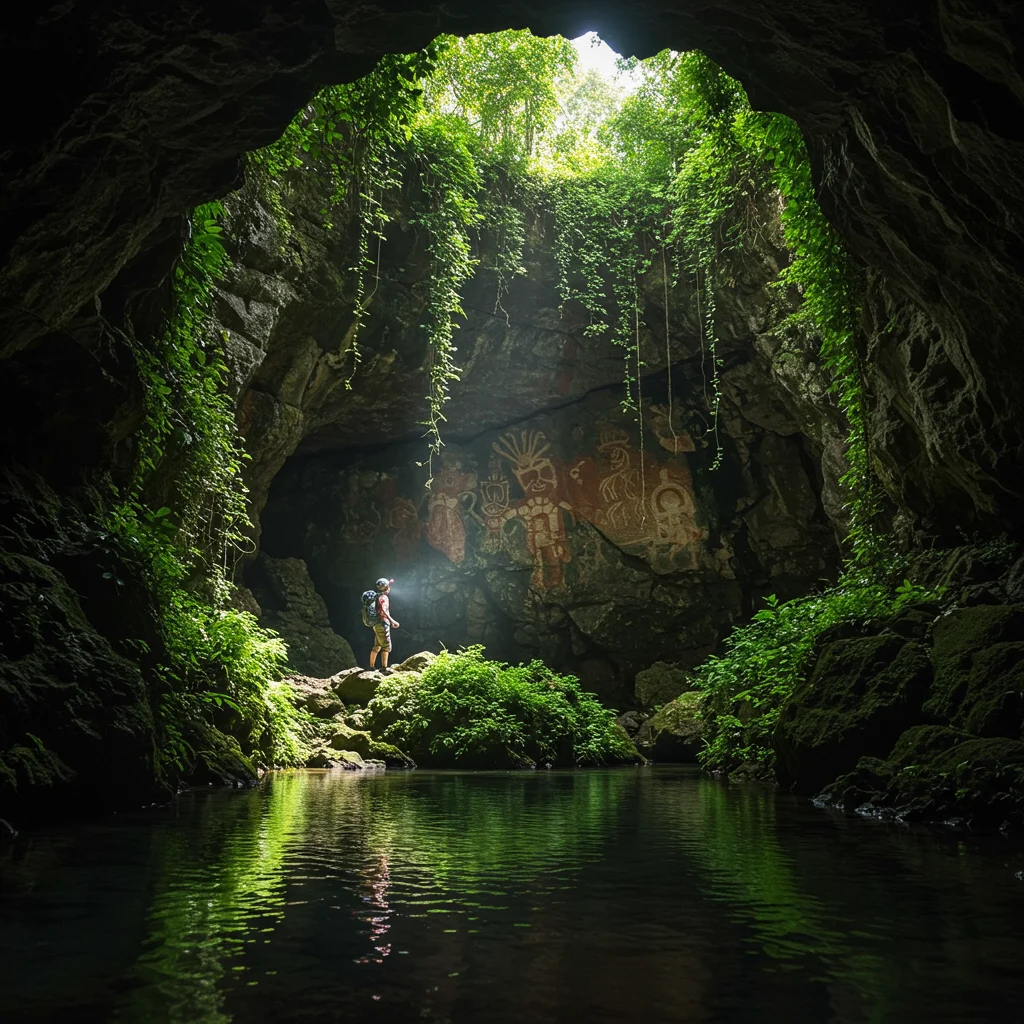
From its vantage points atop rugged cliffs, the site offers sweeping vistas and a raw, untamed atmosphere that inspires adventure. For those seeking a deeper dive into the thrill of the area, we suggest reading about adrenaline-filled experiences in our post on Cueva del Indio for thrill-seekers.
History of Cueva Del Indio
The story of Cueva Del Indio stretches back centuries, offering a fascinating glimpse into Puerto Rico’s indigenous roots and the ongoing efforts to preserve this natural monument.
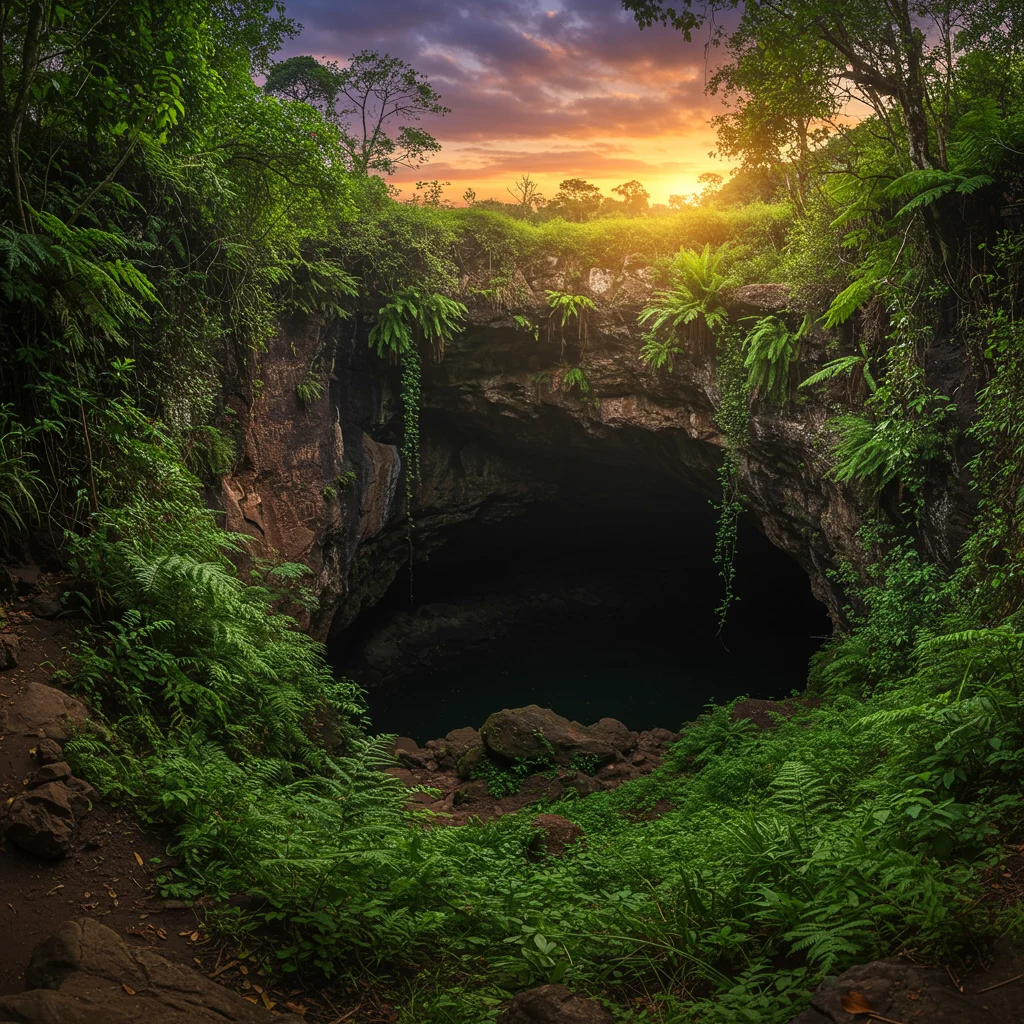
What Was the Pre-Columbian Significance of Cueva Del Indio?
Long before Spanish explorers arrived, the cave served as a sacred site for the island’s original inhabitants. The petroglyphs etched into the limestone walls are believed to date back over 700 years, representing spiritual symbols and daily life.
Who Were the Taíno People and What Is Their Legacy?
The Taíno people left an indelible mark on Puerto Rican culture. Their artistry, seen in the intricate carvings within Cueva Del Indio, reflects their beliefs, cosmology, and deep connection to the land. Today, these petroglyphs provide a vital link to understanding the island’s pre-Columbian heritage.
How Was Cueva Del Indio Discovered and Preserved?
Modern recognition of the cave’s importance began in the 20th century, with archeologists and local advocates highlighting its significance. Ongoing preservation efforts focus on protecting both the natural environment and the invaluable rock art, ensuring future generations can appreciate this remarkable site.
Where Is Cueva Del Indio Located?
Cueva Del Indio lies on the outskirts of Arecibo, along Puerto Rico’s scenic north coast. Its dramatic setting—perched between wild cliffs and the open ocean—makes it easily accessible yet strikingly remote.
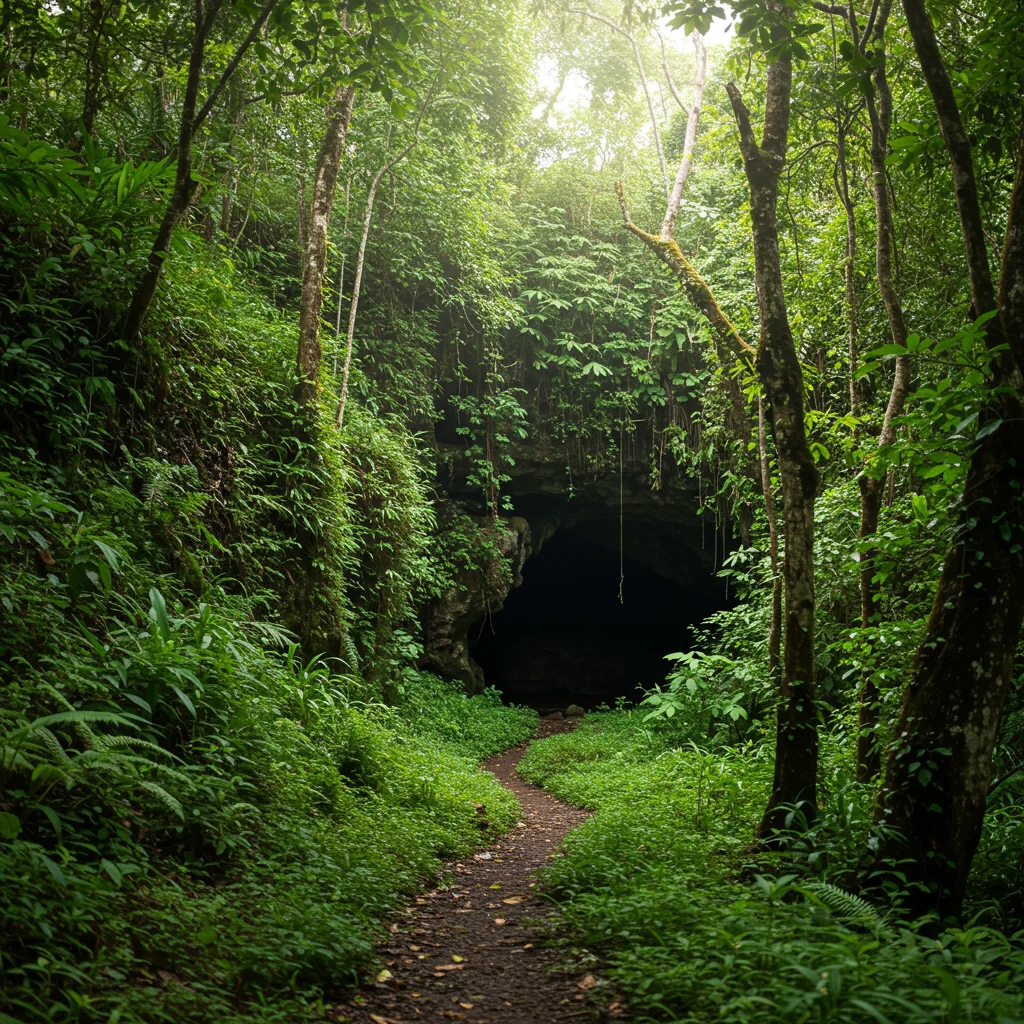
How Can You Get to Cueva Del Indio?
Visitors can reach Cueva Del Indio by car or public transportation, depending on their preferences and starting point. The journey itself offers glimpses of lush countryside and coastal vistas.
Driving Directions from San Juan
To drive from San Juan, take Highway PR-22 west toward Arecibo, then exit onto PR-2 and follow signs to PR-681. The route is straightforward and well-marked, with the drive typically taking around 1 hour and 15 minutes.
What Are the Public Transportation Options?
While public transportation is available, it requires some planning. Buses from San Juan to Arecibo run regularly, but a taxi or rideshare may be needed for the last stretch to the cave site. We recommend checking current schedules and availability before your visit.
Is There Parking and How Accessible Is the Site?
Ample parking is available near the entrance. However, the terrain can be rugged, so it’s advisable to wear sturdy shoes and prepare for uneven ground. Accessibility for those with mobility challenges is somewhat limited, which we’ll discuss in detail later.
Best Time to Visit Cueva Del Indio
Timing your visit to Cueva Del Indio can greatly enhance your experience, whether you’re looking to avoid crowds or catch the perfect light for photography.
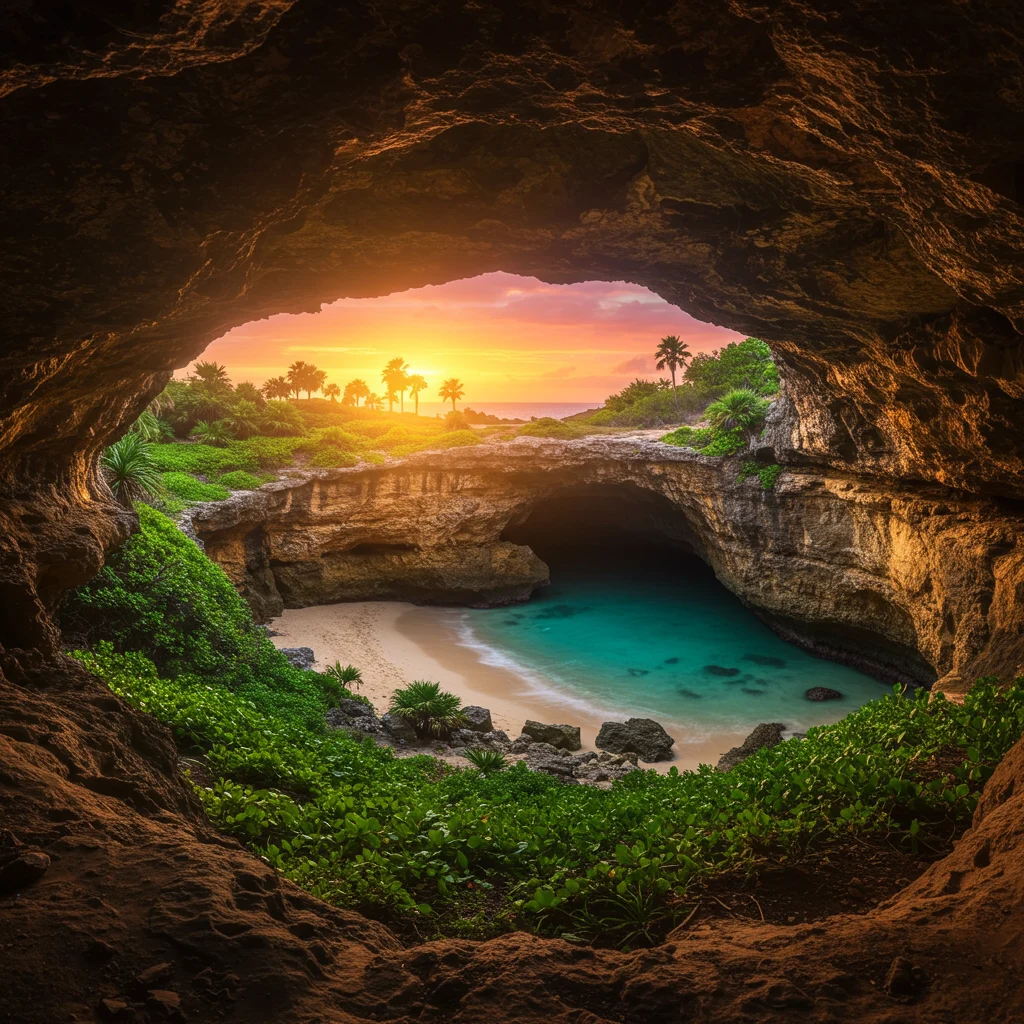
How Does Seasonal Weather Affect Your Visit?
Puerto Rico’s climate is warm year-round, but the dry season from December to April offers the most comfortable conditions for exploring the caves and cliffs. Summer months bring higher humidity and occasional showers, which can make the rocks slippery.
When Are the Peak and Off-Peak Times?
Weekends and holidays tend to attract more visitors, especially during the winter tourist season. For a quieter experience, we suggest visiting on a weekday morning. This allows you to fully appreciate the serenity and grandeur of the site.
What to Expect at Cueva Del Indio
A visit to Cueva Del Indio is a multisensory adventure, offering an array of natural and cultural highlights.
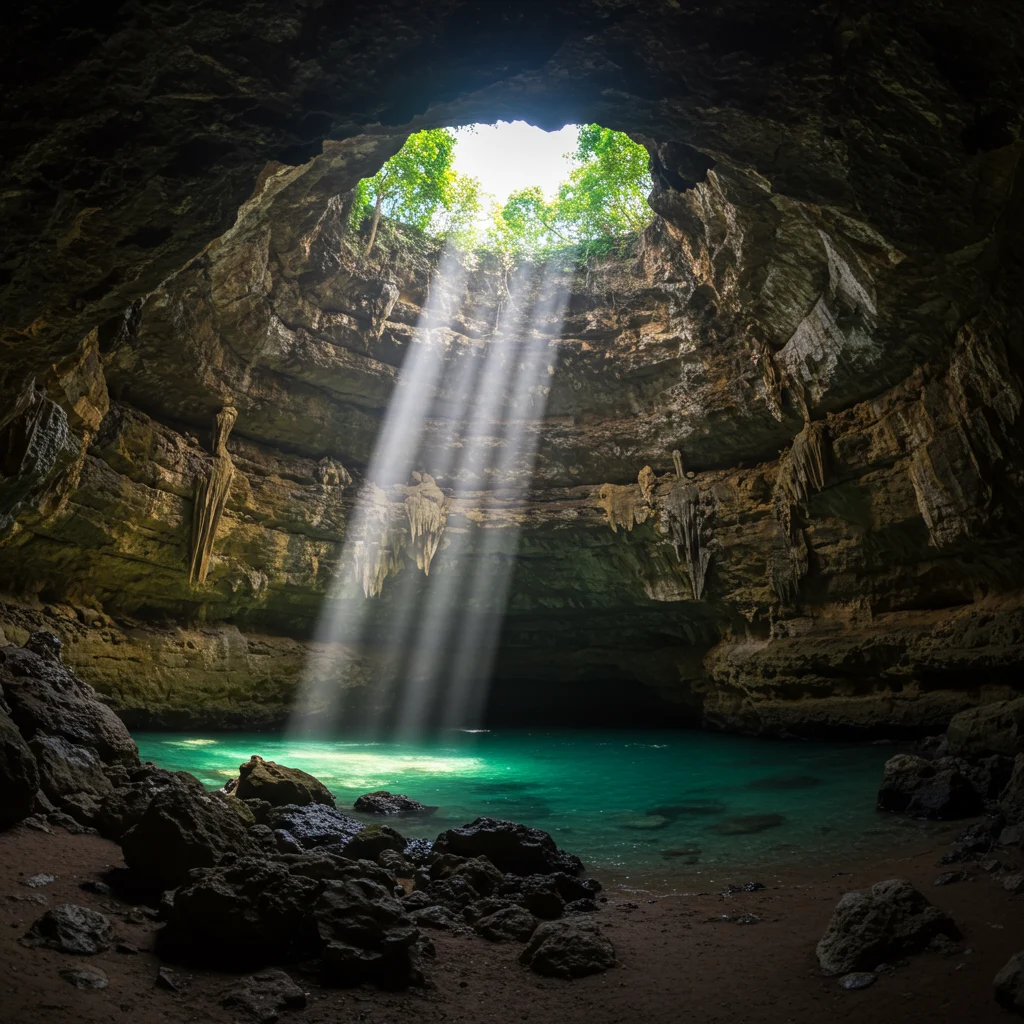
What Is the Cave System Like?
The cave itself is carved into coastal limestone, with a network of chambers and passageways open to the sea air. Light filters through natural arches, casting shifting patterns on the walls and illuminating the ancient petroglyphs.
What Geological Features Make Cueva Del Indio Unique?
Towering rock formations, sculpted by centuries of wind and waves, create a dramatic landscape. The famous arches and blowholes add to the site’s rugged beauty, with the sound of the surf echoing through the caverns.
For those intrigued by the geological surprises that Puerto Rico’s caves offer, we recommend our article on surprising finds in Puerto Rico’s caves.
Why Are the Petroglyphs and Rock Art Significant?
The walls of Cueva Del Indio are adorned with petroglyphs—ancient carvings that tell stories of the Taíno people. These designs include faces, animals, and symbolic motifs, providing a powerful glimpse into the spiritual life of Puerto Rico’s earliest residents.
How Impressive Are the Coastal Cliffs and Natural Arches?
The cliffs at Cueva Del Indio rise sharply above the churning Atlantic, offering spectacular views and photo opportunities. The natural arches, carved by relentless ocean forces, are among the most photographed features on the island.
What Wildlife and Plant Life Can You Observe?
The area is home to a variety of coastal plants and seabirds, with the occasional iguana basking on sun-warmed rocks. The scent of salt air mingles with the earthy aroma of native vegetation, adding to the site’s sensory appeal.
Planning Your Visit: Essential Information
A successful trip to Cueva Del Indio requires a bit of preparation, from understanding entrance fees to deciding whether to join a tour.

What Are the Entrance Fees and Hours of Operation?
There is a modest entrance fee, typically paid at the gate, which supports maintenance and preservation efforts. The site is generally open daily from morning until late afternoon, but hours can vary, so it’s wise to confirm before arriving.
Should You Take a Guided Tour or Explore on Your Own?
Guided tours offer valuable insights into the cave’s history and geology, while self-guided visits allow for a more flexible pace. Both options have their merits, and the choice depends on your interests and preferred level of structure.
What Should You Bring to Cueva Del Indio?
We recommend bringing:
- Sturdy, closed-toe shoes
- Sun protection (hat, sunscreen, sunglasses)
- Plenty of water
- A camera or smartphone
- Light snacks
Packing thoughtfully will help you stay comfortable and maximize your enjoyment.
For more ideas on what to expect when venturing into Puerto Rico’s lesser-known caves, see our post on unexpected delights on cave adventures.
Safety Tips for Exploring the Cave
Safety is a top priority when visiting Cueva Del Indio, given its rugged terrain and proximity to the ocean.
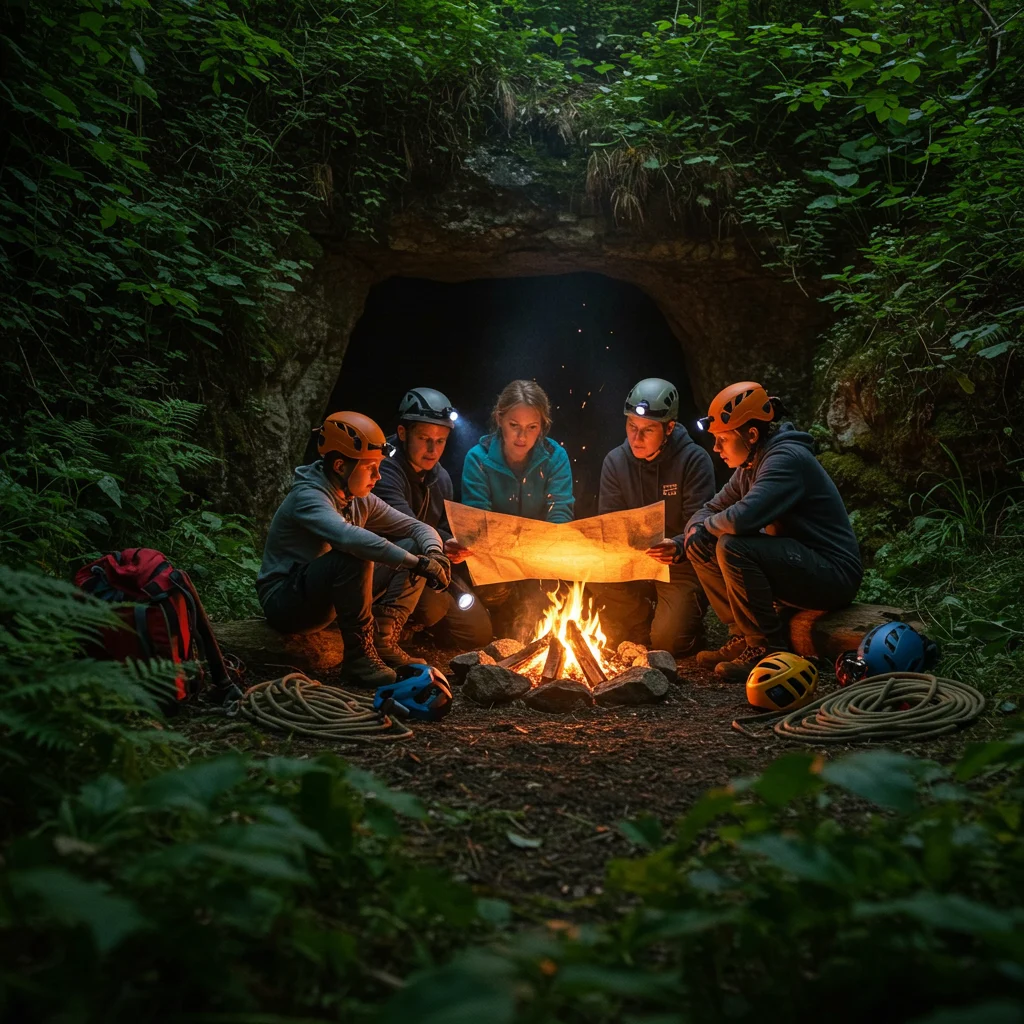
How Can You Navigate the Terrain Safely?
The rocks can be uneven and slippery, especially after rain. Move slowly, use handholds where available, and always watch your footing. Children should be closely supervised at all times.
What Weather Hazards Should You Prepare For?
Sudden showers or high surf can create hazardous conditions. Check the weather forecast before your visit and avoid the cliffs during storms or rough seas.
How Can You Help Protect the Petroglyphs?
The ancient carvings are irreplaceable. Please avoid touching or leaning on the rock art, and never attempt to make your own marks. Respect for the site helps preserve it for future generations.
What Are Family-Friendly Tips for Visiting with Kids?
For families, we recommend:
- Keeping young children within arm’s reach
- Packing extra snacks and water
- Choosing less steep paths where possible
A little preparation goes a long way in making the visit enjoyable for all ages.
Can You Visit Cueva Del Indio with Disabilities?
Accessibility at Cueva Del Indio is limited by the site’s natural terrain, but there are ways to make the experience more inclusive.
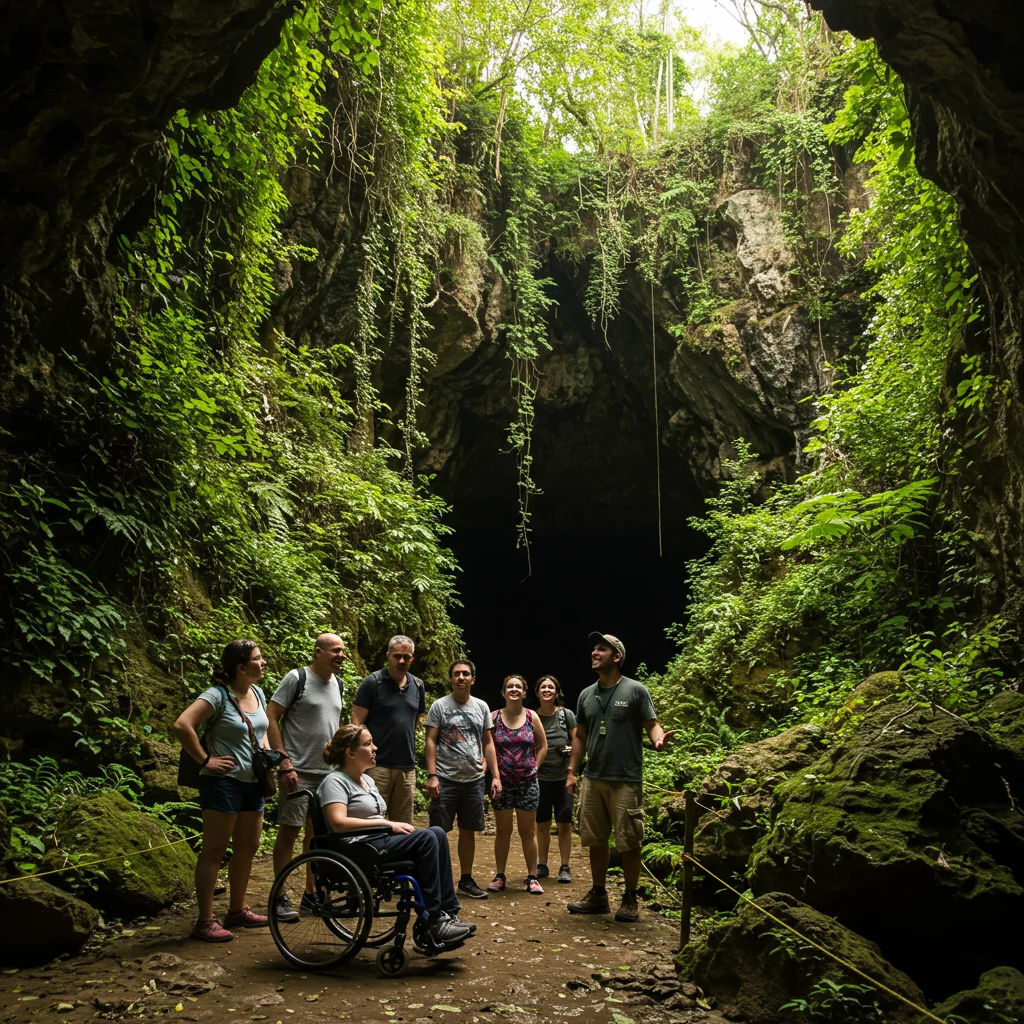
How Accessible Are the Trails and Facilities?
Most paths are unpaved and can be challenging for visitors with mobility impairments. There are no formal ramps or paved walkways, and the rocky surfaces may pose difficulties for wheelchairs or walkers.
What Tips Can Help Visitors with Limited Mobility?
We suggest visiting with a companion, wearing supportive footwear, and focusing on the more accessible areas near the entrance. Some viewpoints can be reached with minimal walking, allowing everyone to enjoy the stunning ocean scenery.
Photography at Cueva Del Indio
Photographers will find endless inspiration at Cueva Del Indio, from sweeping vistas to intricate rock details.
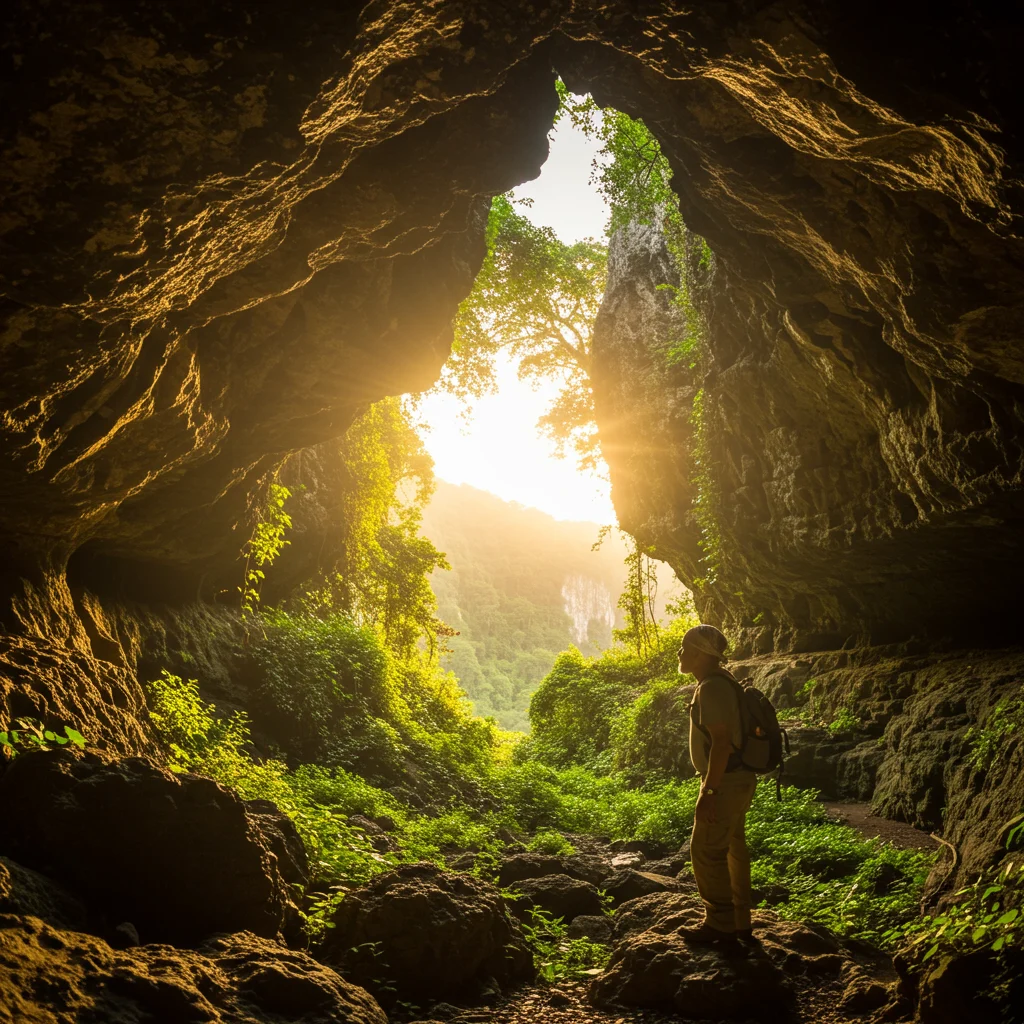
Where Are the Best Photo Spots and Angles?
Top spots include the main arch with the ocean as a backdrop, cliff-edge viewpoints, and the illuminated petroglyphs inside the cave. Early morning and late afternoon provide the best natural lighting for dramatic shots.
What Are the Top Photography Tips for Capturing the Caves?
To capture the essence of the site:
- Use a wide-angle lens for sweeping landscapes
- Experiment with long exposures to highlight wave motion
- Focus on textures and patterns in the rock
A tripod can help steady your camera, especially in low-light areas.
What Should You Know About Drone Photography?
Drone use is permitted in some areas, but always check for local restrictions. Respect other visitors’ privacy and avoid flying near wildlife or protected areas. The aerial perspective can reveal the full glory of the cliffs and coastline.
Local Legends and Folklore
Cueva Del Indio is steeped in legend, with tales that add an air of intrigue and wonder to the site.

What Are the Stories of the Taíno Spirits?
Local lore holds that the spirits of the Taíno still inhabit the caves, watching over their ancestral land. Visitors sometimes report a sense of presence or hear whispers carried on the wind, lending a mystical quality to the experience.
What Myths Surround Cueva Del Indio?
Some stories speak of hidden treasures or secret passages leading deep into the earth. While these tales may be fanciful, they add to the cave’s allure and inspire the imagination of all who visit.
As experts often say:
“Every stone holds a story, and every legend is a thread connecting us to those who came before.”
Cueva Del Indio in Popular Culture
The visual drama and historical significance of Cueva Del Indio have caught the attention of filmmakers, artists, and writers worldwide.
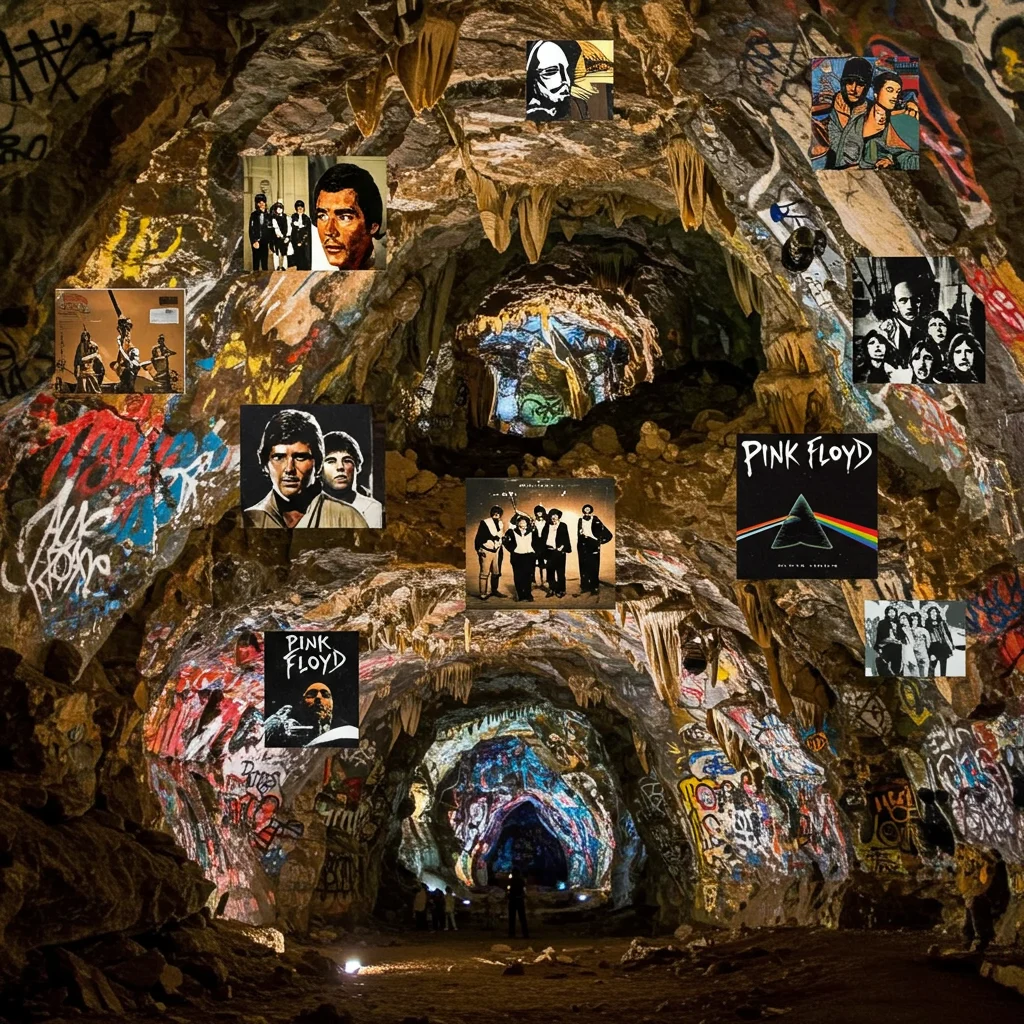
What Movies and TV Shows Have Been Filmed Here?
The cave and its surroundings have appeared in several international productions, including adventure films and documentaries. Its wild beauty and mysterious atmosphere make it a favored location for capturing the spirit of Puerto Rico.
How Has Cueva Del Indio Influenced Art and Literature?
Artists and writers have long drawn inspiration from the cave’s petroglyphs, cliffs, and legends. Paintings, poems, and stories referencing Cueva Del Indio can be found throughout Puerto Rican culture, celebrating its role as a symbol of heritage and resilience.
Adventure Activities Around Cueva Del Indio
For those seeking even more excitement, the area around Cueva Del Indio offers a wealth of outdoor activities.
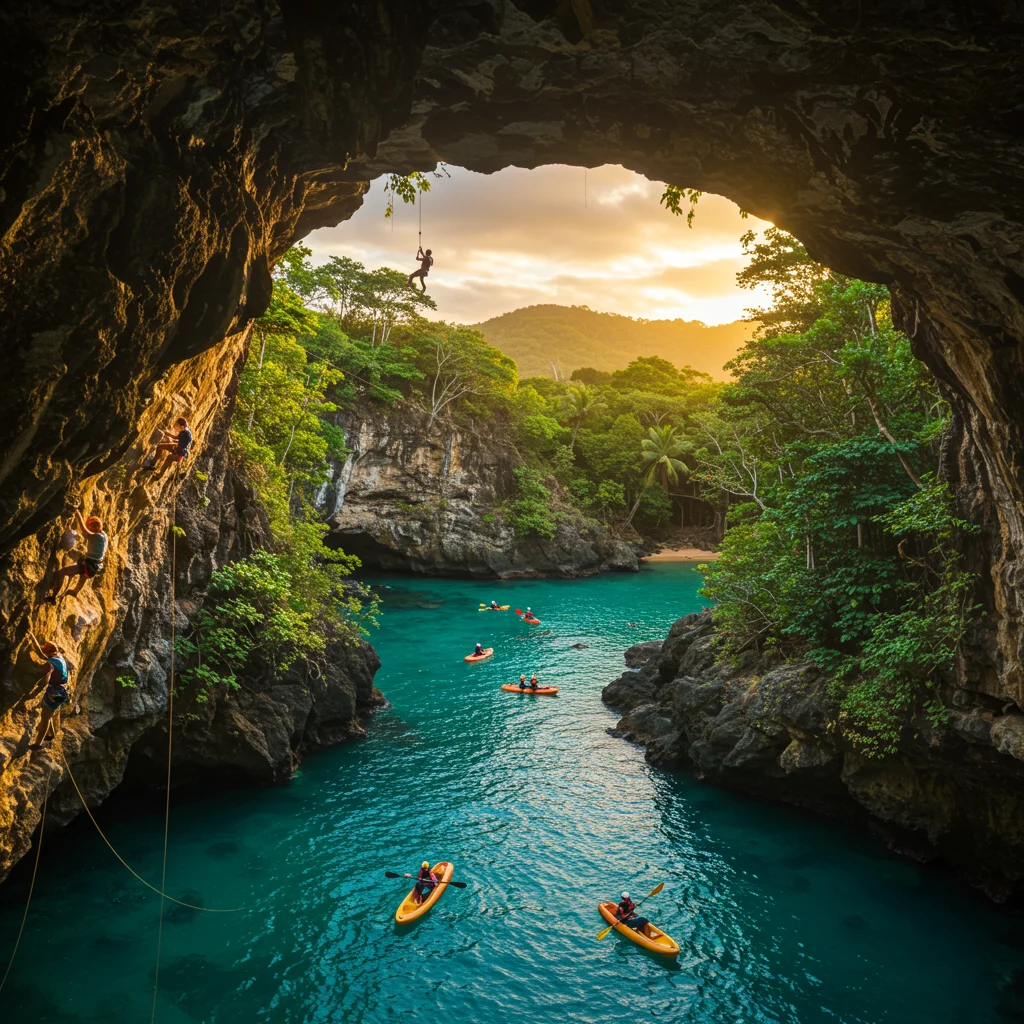
What Hiking and Walking Trails Are Nearby?
Several coastal trails wind through the area, offering varying levels of difficulty. These paths provide access to additional viewpoints, secluded beaches, and opportunities to observe local flora and fauna.
What Rock Climbing Opportunities Exist?
The limestone cliffs attract experienced climbers, with routes ranging from moderate to challenging. Always use proper safety equipment and consult local climbing guides for the best spots.
Can You Go Kayaking or Enjoy Water Activities Nearby?
The coastline near Cueva Del Indio is ideal for kayaking and paddleboarding, especially on calm days. The crystal-clear waters and dramatic rock formations create a memorable paddling experience.
Is Birdwatching and Nature Observation Rewarding Here?
Birdwatchers will appreciate the variety of coastal and migratory species that frequent the area. Bring binoculars and a field guide to make the most of your observations.
For more ideas on adventure activities in the region, we cover both Cueva Del Indio and nearby wonders in our article on exploring Cueva Ventana and Cueva Del Indio.
Where to Eat Near Cueva Del Indio
A day of exploration works up an appetite, and the Arecibo area offers delicious options for dining and refreshments.
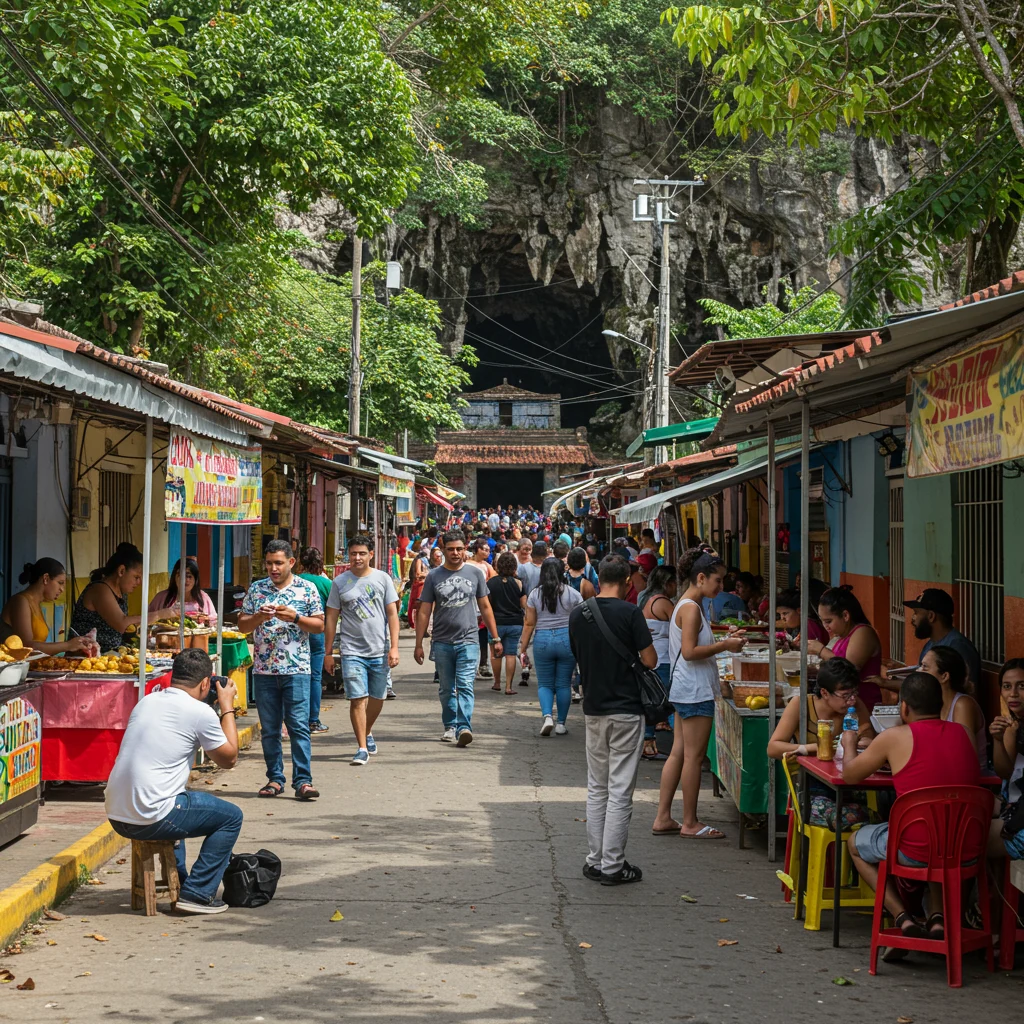
What Are the Top Local Restaurants in Arecibo?
Seafood lovers will find plenty to savor at local eateries, where fresh catches are served with Puerto Rican flair. Many restaurants offer ocean views, adding to the overall experience.
Are Snacks and Refreshments Available at the Site?
Vendors near the entrance often sell drinks and light snacks, but options are limited. Bringing your own water and snacks is recommended, especially during peak times.
Where Are the Best Picnic Spots with Scenic Views?
There are several grassy areas and shaded spots perfect for a picnic, with the sound of waves and sweeping ocean vistas providing an unforgettable backdrop.
Where to Stay: Accommodation Options
Whether you seek comfort or adventure, Arecibo and its surroundings offer a range of lodging choices to suit every preference.

What Hotels and Resorts Are Available in Arecibo?
Arecibo features a selection of hotels and resorts, many with amenities like pools, restaurants, and easy access to the coast. Booking ahead is advisable, particularly during high season.
Are There Budget-Friendly Lodging Options?
Travelers on a budget can find affordable guesthouses, hostels, and short-term rentals in the region. These options provide flexibility and a chance to connect with local hosts.
What Unique Stays Are Offered, Like Eco-Lodges and Guesthouses?
Eco-lodges and boutique guesthouses offer a more intimate and sustainable way to experience the area, often featuring locally sourced breakfasts and personalized service.
For those interested in discovering lesser-known accommodations and experiences, our post on hidden gems at Indian Cave adventures provides further inspiration.
Nearby Attractions to Combine with Your Visit
The Arecibo region is rich in attractions, making it easy to plan a full day or weekend of discovery.

What Is Special About the Arecibo Observatory?
Once the world’s largest radio telescope, the Arecibo Observatory is a marvel of science and engineering. While its main dish collapsed in 2020, the site remains open for educational tours and stargazing events.
Why Visit Cueva Ventana?
Just a short drive away, Cueva Ventana offers a different cave experience with its iconic “window” overlooking the lush Río Grande de Arecibo valley. Guided tours highlight the area’s ecology and history.
What Does the Arecibo Lighthouse & Historical Park Offer?
This family-friendly attraction features a beautifully restored lighthouse, maritime exhibits, and panoramic views from the tower. It’s an excellent stop for those interested in Puerto Rico’s coastal heritage.
How to Make the Most of Your Day Trip
With so much to see and do, planning your itinerary can help you maximize your time at Cueva Del Indio and beyond.

What Is a Sample Itinerary for Adventure Seekers?
A typical day might include:
- Morning exploration of Cueva Del Indio
- Lunch at a seaside restaurant in Arecibo
- Afternoon visit to Cueva Ventana or the lighthouse
- Evening stroll along the coast or birdwatching
This mix of adventure and relaxation ensures a rewarding visit.
What Are the Best Relaxation and Leisure Options?
If you prefer a slower pace, spend extra time enjoying the views, taking photos, or simply listening to the ocean. Many visitors find that the site’s natural beauty is best appreciated with moments of quiet reflection.
Sustainable Tourism at Cueva Del Indio
Responsible travel is essential to preserving Cueva Del Indio for future generations.
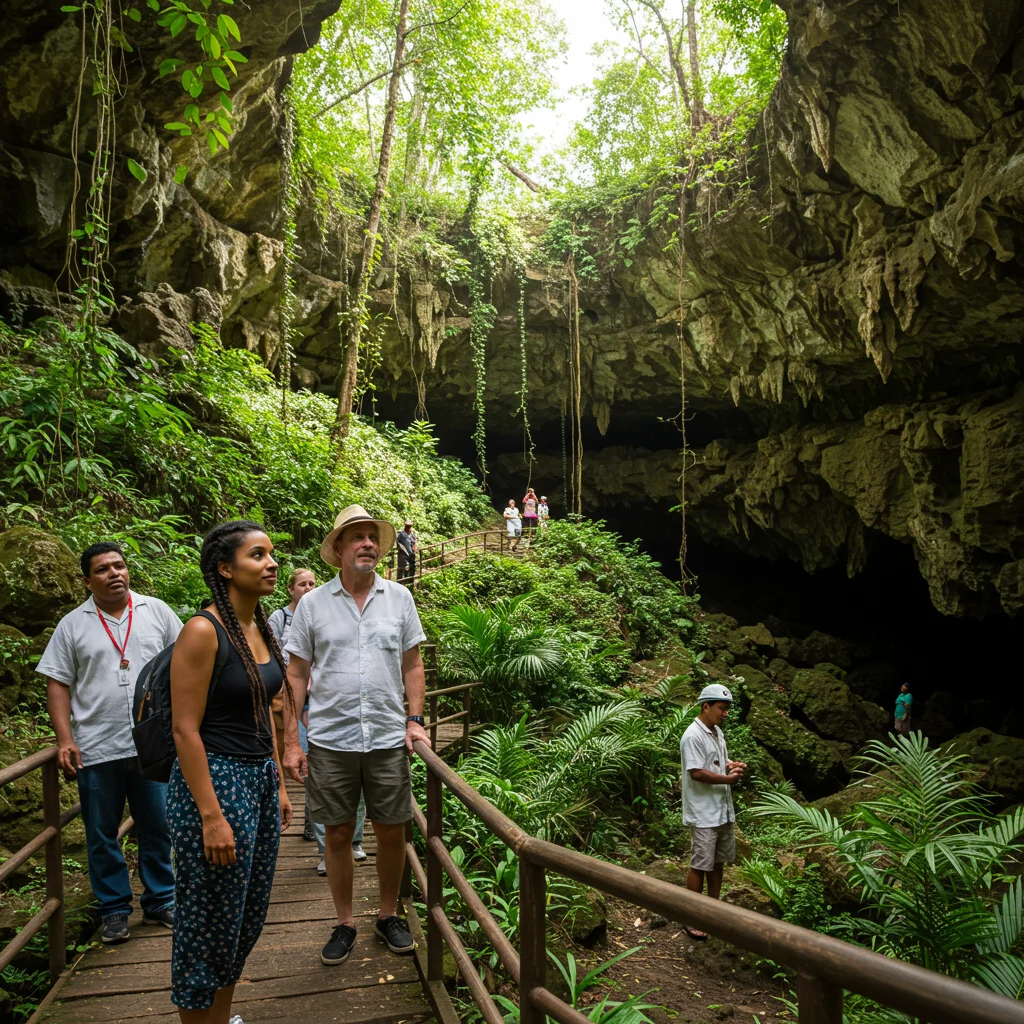
How Can You Respect and Protect the Site?
Please stay on marked paths, dispose of trash properly, and avoid disturbing wildlife. By treading lightly, we help maintain the site’s ecological and cultural integrity.
How Can You Support Local Communities?
Purchasing goods from local vendors, hiring local guides, and spreading the word about responsible tourism all contribute to the well-being of the surrounding community.
Travel Tips for Visiting Puerto Rico
A smooth trip begins with understanding local customs and practicalities.

What Should You Know About Language and Cultural Etiquette?
Spanish is the primary language, but English is widely spoken in tourist areas. A warm greeting and polite manners are always appreciated. Respect for local traditions goes a long way in building positive connections.
What Are the Currency and Payment Methods?
Puerto Rico uses the US dollar, and credit cards are accepted at most establishments. It’s wise to carry some cash for small purchases or in more remote areas.
Packing List for Your Cueva Del Indio Adventure
Packing smartly enhances comfort and safety during your adventure.
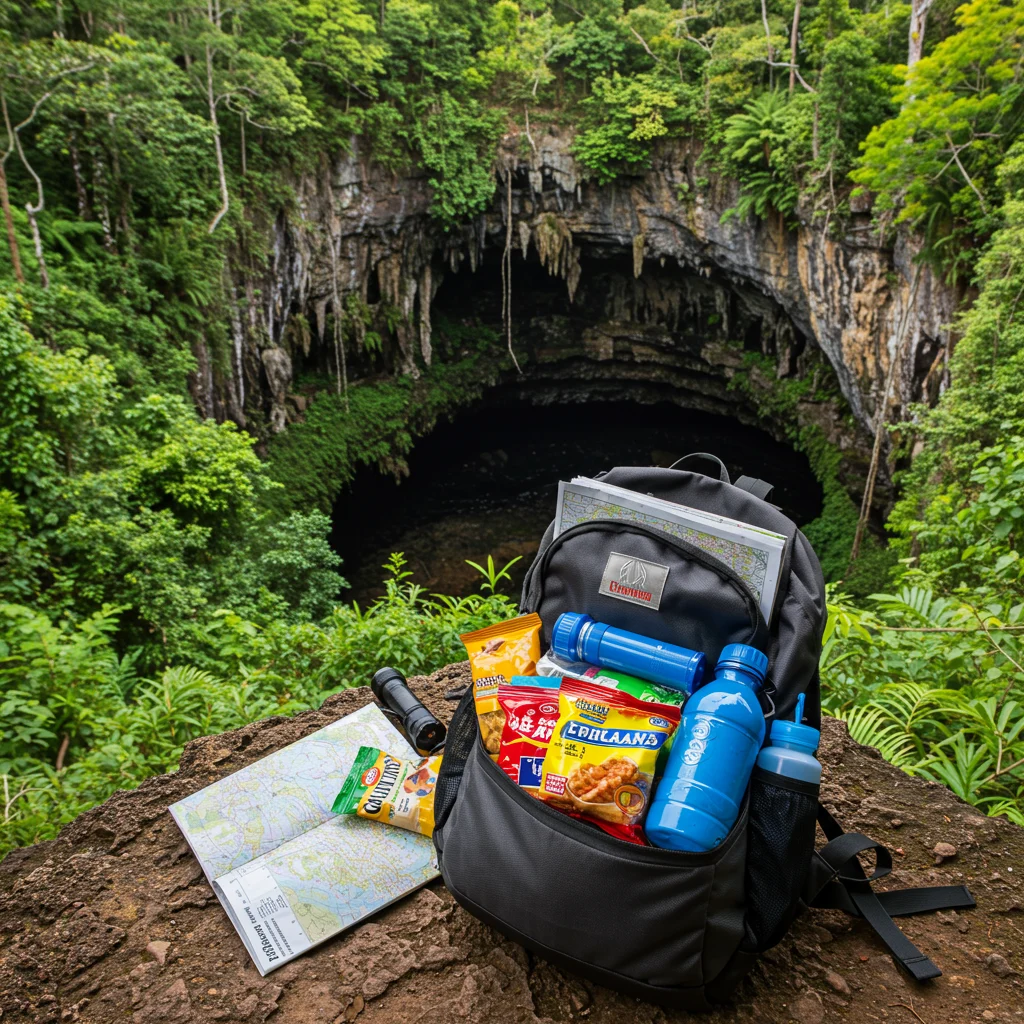
What Clothing and Footwear Are Best?
Opt for lightweight, moisture-wicking clothing and sturdy shoes with good traction. A hat and sunglasses provide added sun protection.
What Essential Gear Should You Bring for Cave Exploration?
In addition to water and snacks, consider a flashlight or headlamp for exploring dimly lit areas. A small first aid kit and insect repellent can also be useful.
What Should You Leave at Home?
Avoid bringing valuables or bulky items that may be difficult to carry over rocky terrain. Drones and tripods should only be brought if you plan to use them responsibly and within regulations.
Frequently Asked Questions About Cueva Del Indio
We address some of the most common inquiries from visitors planning a trip to Cueva Del Indio.

Is Cueva Del Indio Safe for Solo Travelers?
Yes, solo travelers often visit the site, but it’s wise to inform someone of your plans, keep valuables secure, and avoid risky areas during inclement weather.
Are Pets Allowed at the Site?
Pets are generally not permitted, as the terrain can be hazardous and sensitive wildlife may be present.
Can You Swim Near Cueva Del Indio?
Swimming is not recommended due to strong currents and rocky shores. The area is best enjoyed from the safety of designated paths and viewpoints.
Visitor Reviews and Testimonials
Feedback from past visitors highlights what makes Cueva Del Indio unforgettable.

What Do Travelers Love Most?
Visitors rave about the dramatic scenery, the sense of history, and the thrill of standing atop the cliffs as waves crash below. Many call it a highlight of their Puerto Rico journey.
What Tips Do Past Visitors Suggest?
Common advice includes arriving early, wearing proper footwear, and respecting the natural environment. Some recommend bringing a picnic to enjoy the views at leisure.
Conclusion: Why Cueva Del Indio Should Top Your Puerto Rico Bucket List
From ancient petroglyphs to breathtaking ocean vistas, Cueva Del Indio offers a unique blend of adventure, history, and natural splendor. Whether you’re seeking an exhilarating day trip or a meaningful connection to Puerto Rico’s cultural roots, this site promises an experience you’ll cherish.
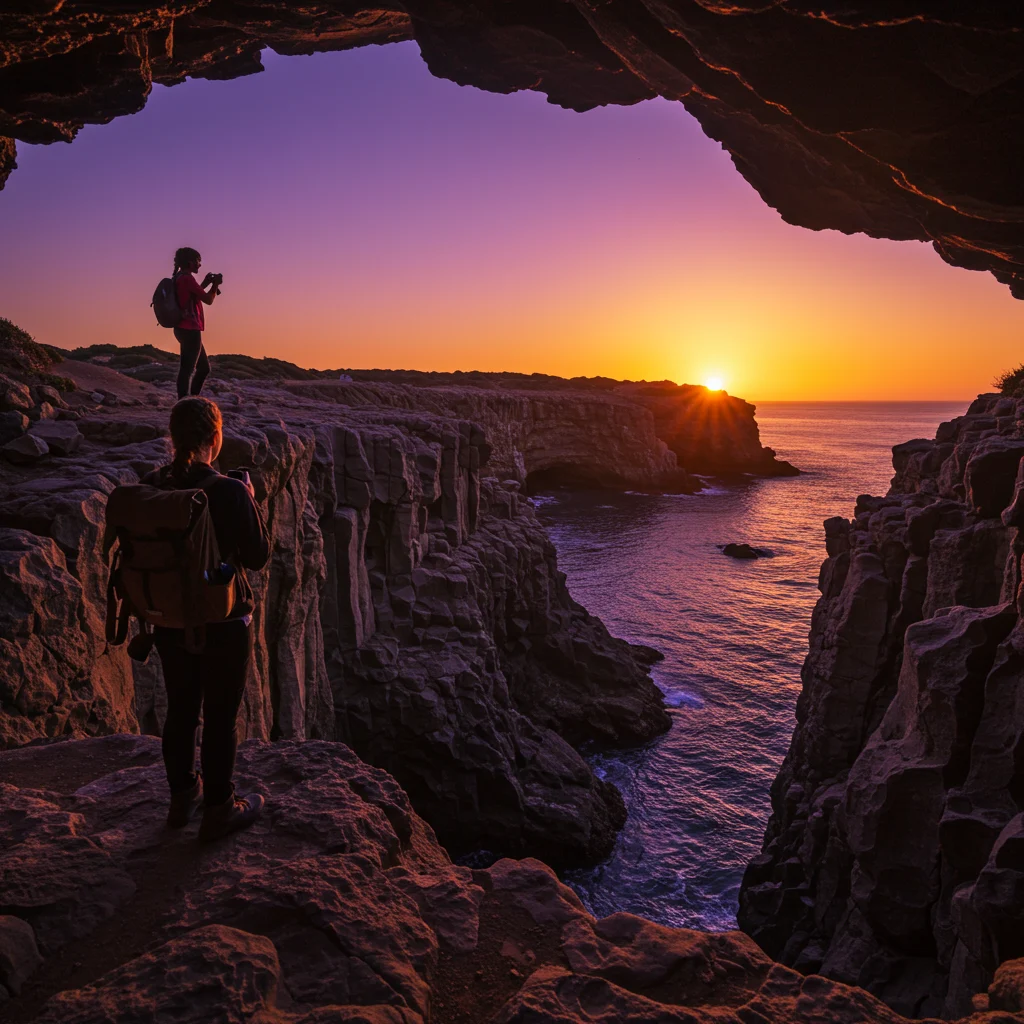
If you’re ready to plan your visit, we encourage you to use Puerto Rico Tour as a resource for up-to-date information, local insights, and travel inspiration.
How to Share Your Experience and Inspire Others
After your visit, consider sharing your photos, stories, and tips with fellow travelers online or through social media. Your insights can help others plan their own unforgettable adventure at Cueva Del Indio and contribute to the ongoing appreciation of Puerto Rico’s natural and cultural treasures.


















